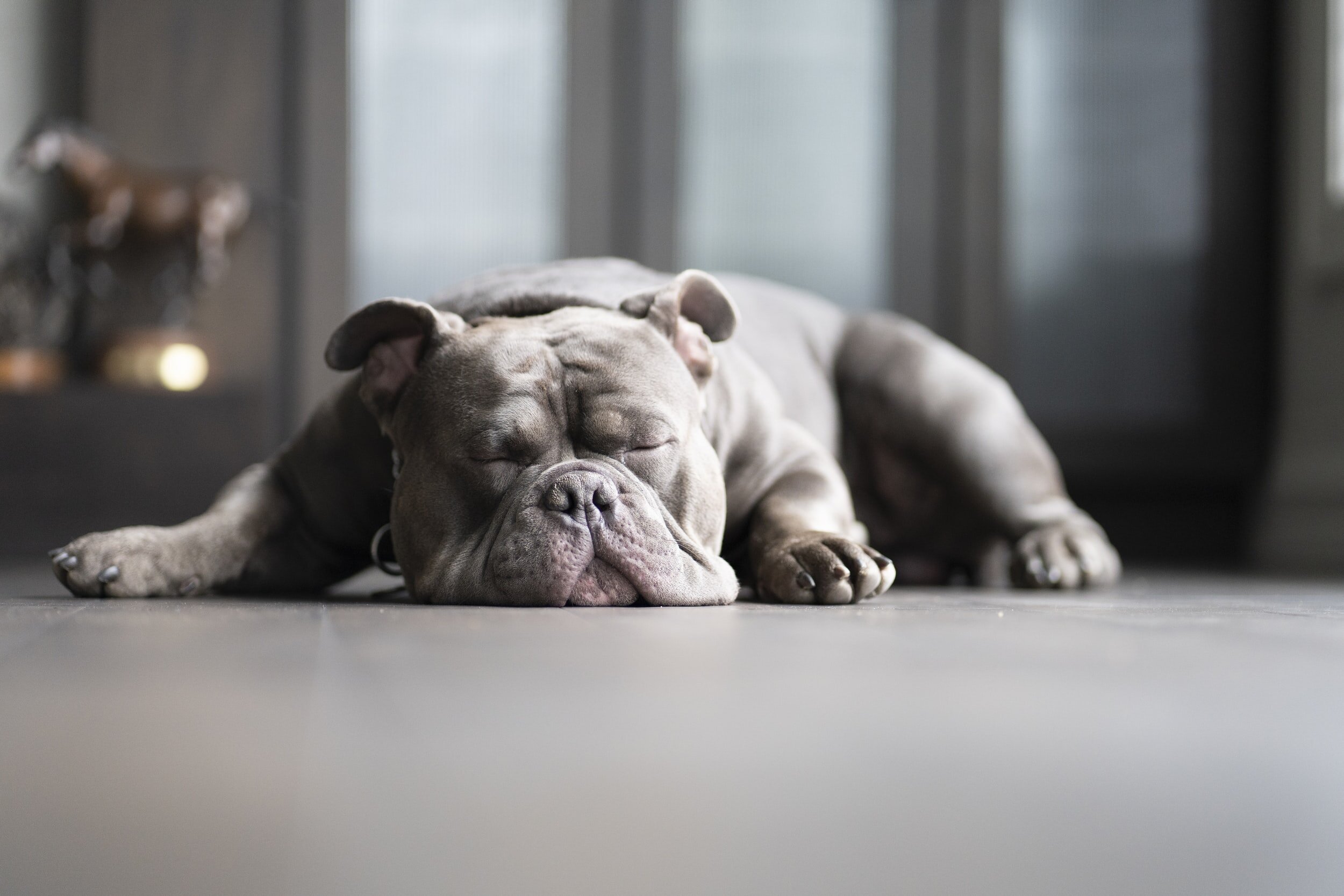Last night, or should I say very early this morning, something happened that hasn’t happened in a long time: I was woken up by low blood sugar, dripping in sweat and desperate for cake.
Night time hypos can be a serious problem. Not only do they leave your bed sheets feeling too damp to be enjoyable, but they often cause your levels to slip much lower than they would during your day, activating your body’s emergency mode and requiring immediate treatment.
Here’s how I deal with them, and a few tips that you can follow too.
Why do hypos happen at night?
Night time hypos, or nocturnal hypoglycemia if you want to sound fancy, can be brought on by a few different things. Too much basal (background) insulin can catch up with you while you sleep, while physical activity in the evening can cause your blood sugar to spiral low.
Eating just before bed can also be dangerous, as your fast-acting insulin will still be active as you shut your eyes.
Finally, watch what you drink. Alcohol is a big cause of night time hypos, and your body’s sensitivity might be lowered by too much of a good time.
What are the symptoms of night time hypos?
Unlike with hypos during the day, night time low blood sugar can creep up on you, causing a much more noticeable reaction from your body.
Sweat. You’ll wake up absolutely dripping, with wet bed sheets suggesting it’s been happening for a while.
Confusion. You’ll not know what’s going on or why you’ve woken up. You may struggle to get your bearings.
Irritability. You’ll be angry, and not just because you’ve had your sleep ruined.
Tiredness the following day, for obvious reasons.
How can you prevent night time hypos?
To reduce the risk of night time hypos, you need to pay attention to what you do during the day. Try moving your evening meal an hour earlier, or going to bed a little later. Insulin can be active in your body for up to two hours, meaning it might still be working as you go to bed.
You should also chat to your doctor about reducing your background insulin, as this might be the guilty party.
Check your blood sugar before bed, and be sure not to over correct any highs. It can be tempting to have more insulin if your first corrective dose doesn’t look like it’s worked, but trust me, it’s working as hard as it can!
Having a second dose can lower your blood sugar too much. Bad times await.
How to be prepared for night time hypos
No matter how well you look after your diabetes, night time hypos can still hit you. Hard.
Here are my top tips for how to be ready to take them on:
Have some sugar nearby.
Have a packet of Dextro by the side of your bed. You’ll be confused when you wake up and might not be able to find sugar anywhere else. Make things easy for your sleepy self.Give yourself time.
Don’t rush it. Give your body time to get over the shock, and make sure you’ve had enough sugar to fix the problem. Three Dextro is normally enough to fix a regular hypo, but you might need to take more when you’re blood sugar has dropped so low.Consider a shower.
Waking up dripping in sweat is no-one’s idea of fun (well, no-one that I know of…) and it can make getting back to sleep uncomfortable. Take a shower and sleep on the other side of the bed, or change the bedding if you’ve got the energy. Sleep is important, don’t let blood sugar ruin it.
Basically, night time lows are pricks. If you’re smart, they don’t have to happen often, but if like me you let your standards slip for ONE DAMN SECOND they can launch a surprise attack.
